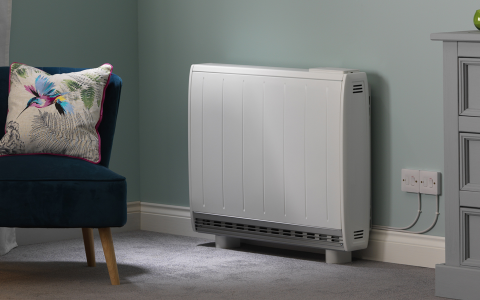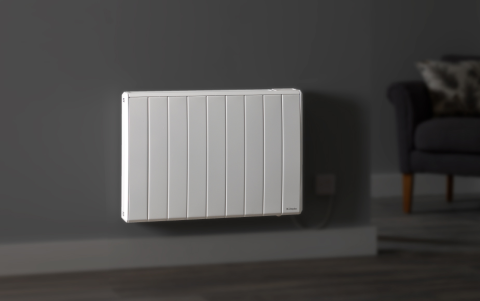The CCC’s June 2020 Emissions Progress Report
The Committee on Climate Change’s (CCC) most recent update on how the UK is progressing towards the achievement of emissions-based targets, such as net zero by 2050 and the carbon budgets, has certainly been listened to. There is no doubt that it influenced the Chancellor's recent Summer Economic Update and the decision to target a green recovery from the Covid-19 crisis.
So, what does the CCC see as the future of construction and what can be done to prepare for the changes this will make to HVAC specification?
We have summarised key industry insights in our 196-page report, structured by most commonly asked questions
Our report covers :
- How has lockdown affected the UK’s emissions progress?
- Has investment in low carbon solutions been shown to be commercially beneficial?
- Is the carbon tax scheme in London going to be applied to the whole of the UK? What does this mean for the development of upcoming regulation changes?
- Will Government address the cost difference between electricity and gas?
Our range of HVAC solutions aim to provide future proof technologies to building projects over various sectors.

Dimplex Services for Social Housing
Local authorities and PRPs nationwide are replacing their outdated storage heating systems with Quantum. Why? Because it gives residents what they want: heat on demand, total control and potentially lower heating bills. Plus, it’s easy to use, maintenance free and simple to install.
Dimplex launches EcoDesign compliant 402BT & 403BT Bluetooth controlled freestanding convector
Dimplex has expanded it's portable heating range with the introduction of the EcoDesign compliant 402BT and 403BT Bluetooth controlled freestanding convector heaters.

Fuel Poverty: What you need to know
This month we're telling you everything you should know about fuel poverty and how you can prevent it.











